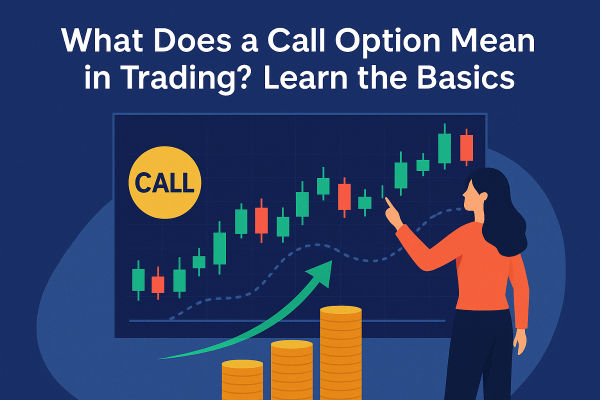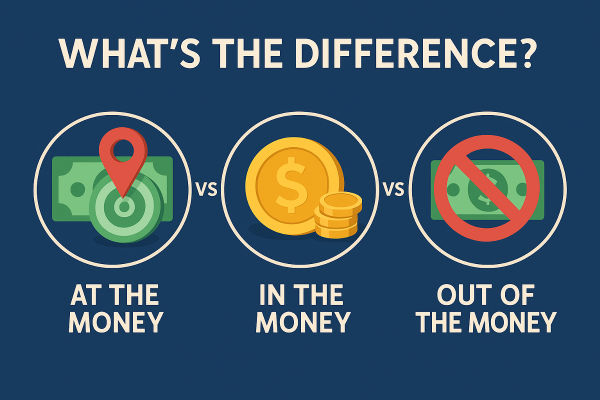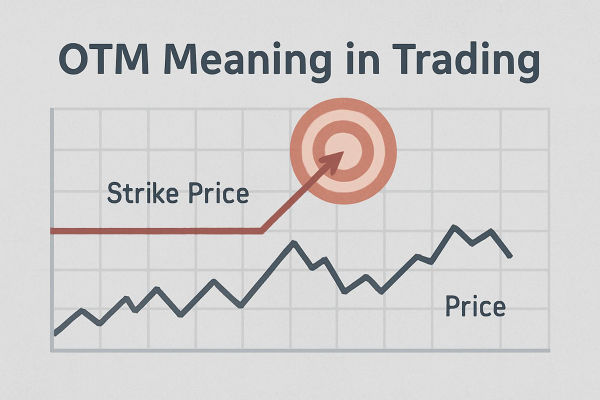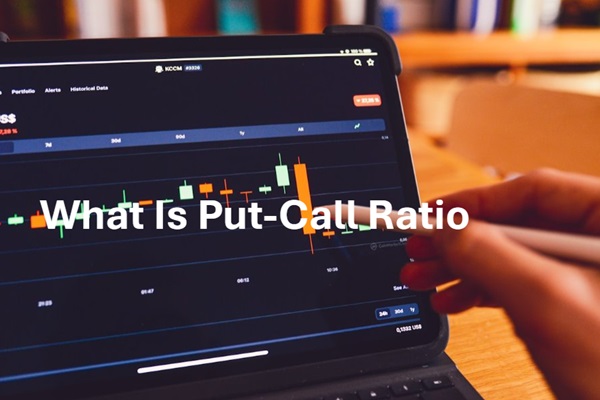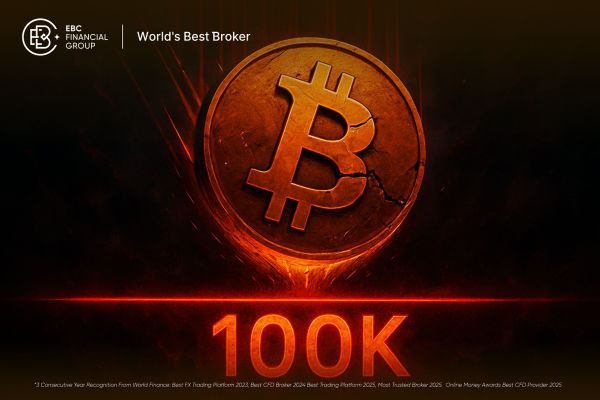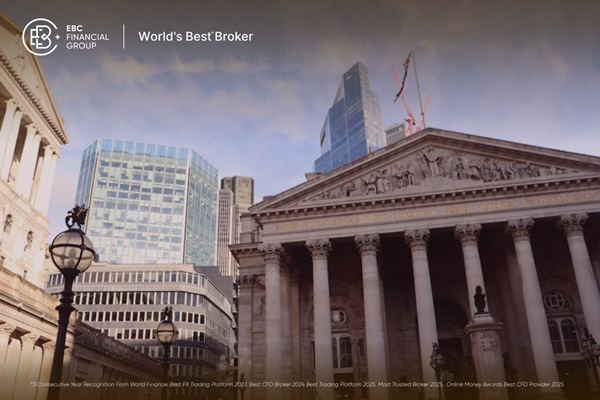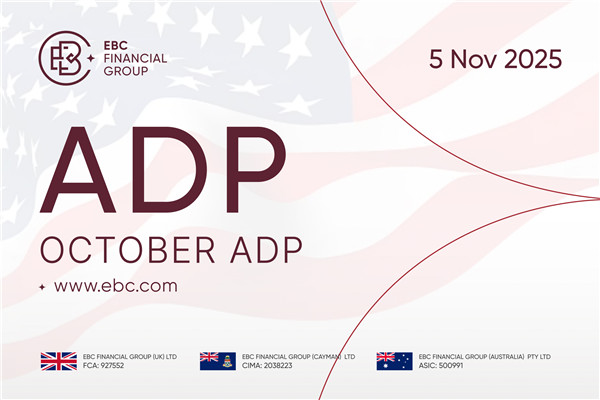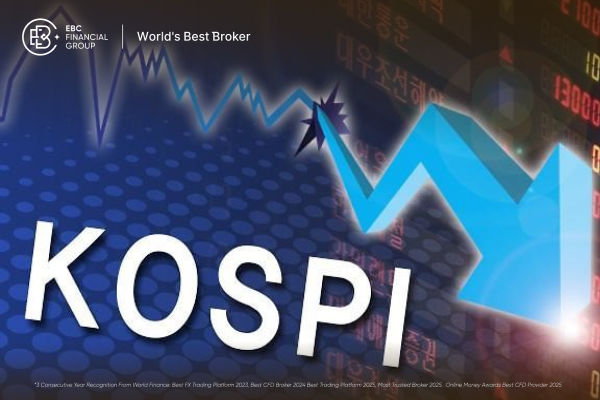Call options and put options are two different ways of participating in the
options trading market.
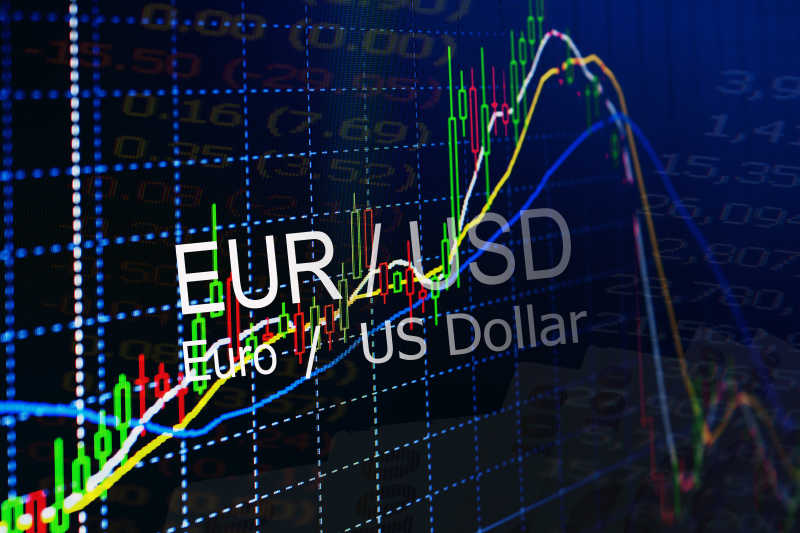
Call options refer to investors purchasing a specific option contract by paying a certain fee
(spot option fee). The investor who buys an option is referred to as the option
holder or buyer. The purpose of a call option is to purchase (for a call option)
or sell (for a put option) a certain underlying asset from the seller of the put
option at a specific price (exercise price) at a specific time in the future.
The advantage of a call option is that it gives the buyer the right to trade at
a specific time in the future without any obligation. Even if the transaction is
unfavorable, the buyer only needs to pay the already-paid option fee without
taking on more risks.
Put options, also known as put options or knockouts, refer to investors who,
as the writing party of the option contract, charge a certain fee (the spot
option fee) to sell a specific option contract to the buyer. The investor who
puts an option on it is called the option writer or seller. The purpose of a put
option is to earn premium income, but the seller is obligated to fulfill the
contract during the contract period when the buyer exercises the option. For
call options, if the buyer exercises the right, the seller must purchase the
underlying asset from the buyer at a predetermined price. For put options, if
the seller exercises the buyer's right, the seller must sell the underlying
asset to the buyer at a predetermined price. Put options carry greater risk than
call options, as the seller is obligated to fulfill the contract.
Call options and put options are mutually exclusive in the options market.
The buyer hopes that the price of the underlying asset will change in a
favorable direction when the option expires in order to exercise the right to
profit; The seller hopes that the price of the underlying asset will change in a
favorable direction when the option expires in order to retain the received
option premium.
Call options and put options have different characteristics in terms of risk
and return. The risk of buying an option is limited, but the potential benefits
are also limited, as the buyer only needs to pay the cost of purchasing the
option. The potential risks of putting an option on the table are infinite, but
the potential returns are limited, as the seller can only receive the cost of
the option as income. Both methods have their advantages, disadvantages, and
risks, so it is necessary to fully understand the terms of the option contract
and the market's risks and opportunities before trading options.
Disclaimer: Investment involves risk. The content of this article is not an investment advice and does not constitute any offer or solicitation to offer or recommendation of any investment product.







